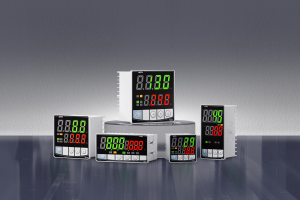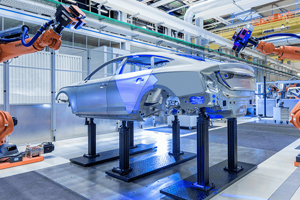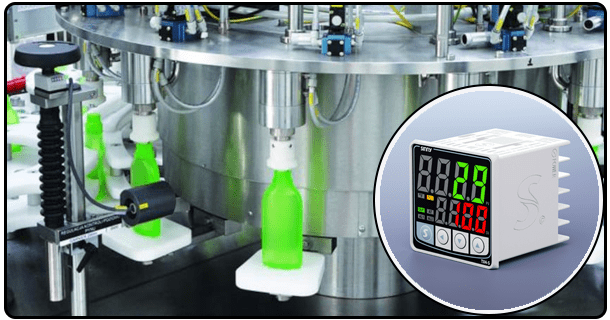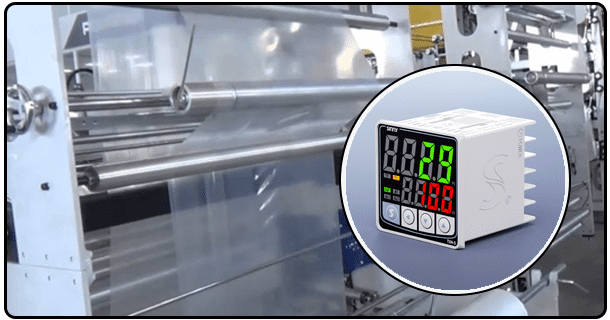The Comprehensive guide to temperature PID controllers and microcontroller integration
1. The Basics of PID control
A PID controller adjusts a system’s output on the basis of three factors:
Proportional (P): Resolves errors proportionally to their magnitude.
Integral: Corrects errors that have accumulated over time.
Derived (D) : Increases stability by responding to rate of change.
This makes them indispensable in precision-sensitive applications.
2. Microcontroller Integration
Microcontrollers with PID features:
High-speed processing.
Compatible with various communication protocols
Simple coding, and easy interfacing of peripherals.
In a simple setup, for example, the microcontroller will read temperature data using a temperature sensor and then process it with a PID algorithm. It will send signals to an actuator (such as a heating component) to maintain the temperature desired.
3. Components in a PID Temperature Control System
The following components make up a complete temperature control system:
Sensors of Temperature: The LM35 or BMP280 are temperature sensors that measure the real temperature.
Actuators Components like heaters, Peltier modules, and fans adjust temperature.
Microcontroller : Calculates PID and controls actuators according to the results.
Loop Feedback: This system constantly monitors temperature and adjusts it to a constant state.
4. Steps to Implementation
Hardware setup Connect sensor and actuator for temperature control. Connect these peripherals with the microcontroller of your choice.
Test your System After you have completed the previous steps, run the test system and monitor the responses. Make any necessary adjustments to increase accuracy and stability.
5. Case Studies and Examples
Exemple 1: Intelligent Incubator in Healthcare A PID algorithm using an STM32 Microcontroller maintains stable temperatures for medical incubators to ensure patient safety.
Example 3 Home Brewing System An Arduino PID project controls brewing temperature with accuracy, leading to consistently high quality batches.
The examples above demonstrate the flexibility of PID controls in improving process efficiency and accuracy.
6. Benefits and challenges
Advantages:
PID temperature controllers are precise because they adjust their settings in real time.
Flexible: Easy to scale and adaptable for various systems.
Energy efficiency: Minimizes fluctuations to reduce energy consumption.
Challenges:
Complexity: Knowledge of tuning and programming is required.
Sensor Accuracy - High quality sensors are essential for accurate data.
The initial setup cost for more advanced systems may be higher.
7. The conclusion of the article is:
The integration of temperature PID controllers with microcontrollers has revolutionized the precision temperature control in many industries. They ensure reliability, stability and efficiency when implemented correctly. Microcontrollers will continue to play a growing role in intelligent and automated systems as the technology advances. This opens up new applications.
Learn how to integrate temperature PID controls with microcontrollers and achieve precise temperature control. "Ideal for both beginners and experts!"
- The "Comprehensive guide to tuning P and I gains in temperature PID controllerS
- Why Use PID Temperature Controls? Key Features, Benefits and Applications























